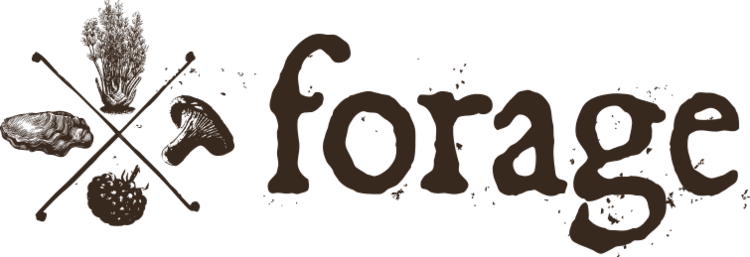Think Mushroom Season Is Over? Look For Pine Spikes!
What’s better then going for a hike and coming home with some delicious food to cook up? Foraging for mushrooms is a free and fun way to enjoy the excellent culinary properties that mushrooms have to offer. Northern California is home to many kinds of wild edible mushrooms. Below, we’ll go into more detail about one in particular.
Chroogomphus Vinicolor, also know as Pine Spikes, have pale orange flesh and gills running down the stems. The caps often develop purplish red shades as they get older, which is why they are called vinicolor (latin for wine color). This is one of their most distinguishable features. These mushrooms aren’t exactly known for having a great flavor, but sometimes you have to take what you can get. Besides, it’s always fun adding new mushrooms to your foraging resume.
Pine Spike mushrooms are mycorrhizal with conifers. Therefore, keep an eye out for these kinds of trees when you are out searching for this type of fungi. You can find them growing alone, scattered, or, if you are lucky, in clusters. These mushrooms have caps that are bell-shaped or convex, but eventually flatten out when the mushroom matures. The spore print from a Pine Spike is grayish-black.
Pine Spikes are smooth to the touch and have tiny hairs. The stems of Pine Spikes have gills running down them. Its thick flesh is orangish in color. The taste and odor of these mushrooms are considered by many to be indistinct, which is why they are often used as more of a filler in food dishes.
The fall and winter are what most people consider to be prime mushroom season. With that being said, there are a lot of mushrooms that grow through the spring, especially in Northern California. Pine Spikes, for example, can be found in the heart of winter in coastal California. It’s always good to know about mushrooms that fruit later on so you can keep mushroom foraging when other kinds of fungi have gone dormant for the colder months.
It’s recommended to cook mushrooms that were acquired from the wild. Of course, before doing so, any dirt should be wiped and rinsed off. You should also check for insect damage and chop off the bottoms of the mushrooms if the stems were plucked from the ground. For a thorough cleaning, it helps to soak them a few times in warm water.
Hopefully it goes without saying that you need to be completely certain that you have identified the mushroom correctly, since consuming the wrong mushroom can have terrible consequences. Beware of edible mushrooms with toxic lookalikes and never take any chances. As long as you are careful and go into it with the right state of mind, there is no reason why mushroom foraging can’t become a new and rewarding hobby.
Want to find your own? We have mushroom foraging classes all season in Marin, Sonoma, and the Santa Cruz Mountains. PLUS, seaweed and wild edible plant classes!


